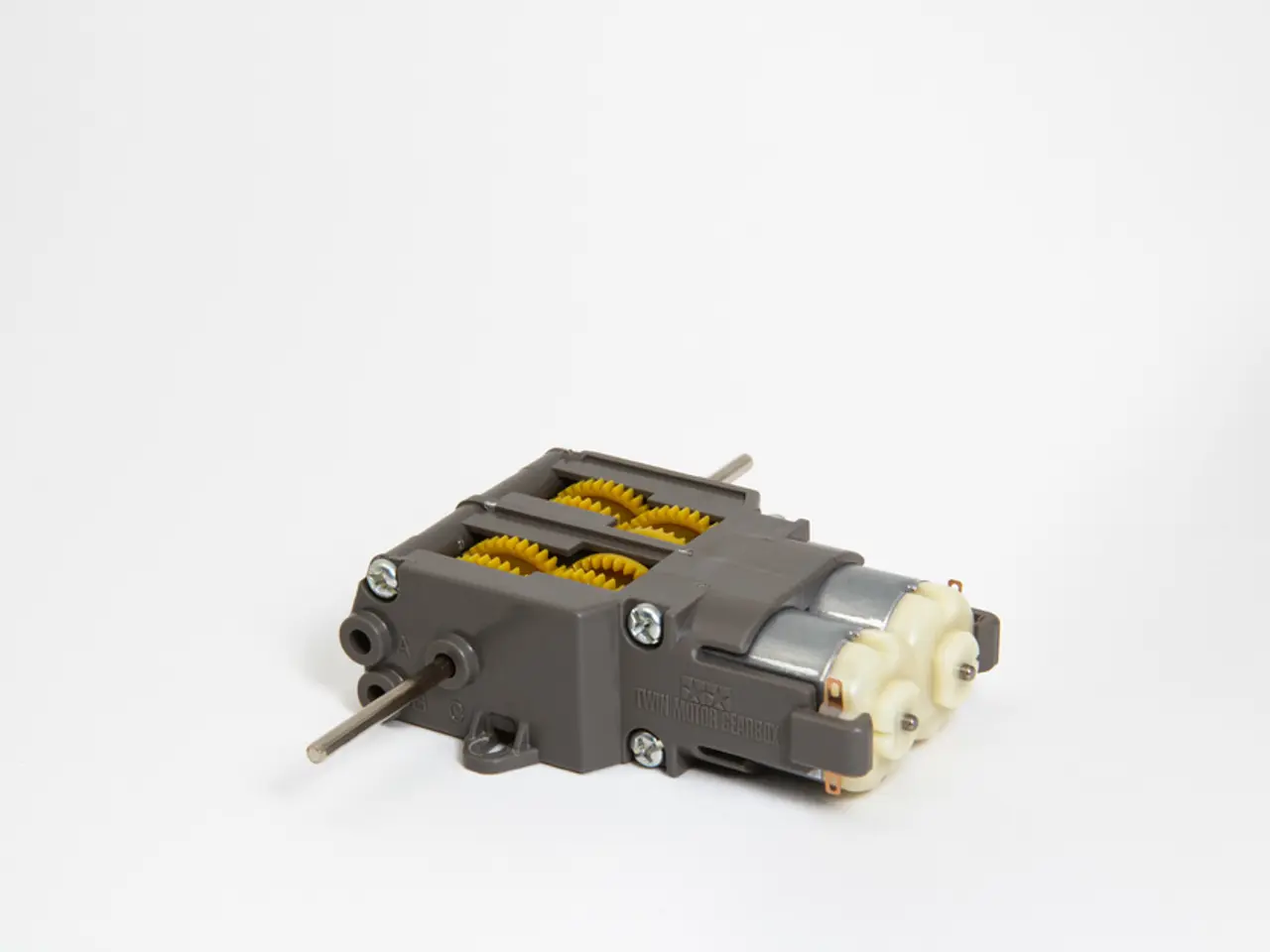Exploring the Force of Magnets: A Look at Innovative Motor Technologies
In the realm of technology, magnetic motors are poised to revolutionize the way we generate and harness energy, offering faster, greener, and more efficient solutions to energy and motion challenges.
At the heart of magnetic motors lies a fundamental principle: electrons in motion create magnetic fields. This principle is leveraged in electrical motors, which use magnetism to generate torque and motion, consisting of a stator and a rotor. The stator, coated with windings for electrical current, interacts directly with the rotor, which features magnets or conductive coils that respond to the stator's magnetic pull.
As technology advances, magnetic motors will offer increased capacity, smaller form factors, and sustainable options. Innovative designs, such as rotocraft, fusors, and other inventions, explore magnetic levitation for accelerated speed and efficiency. One such innovation is the Quantum Drive, a groundbreaking technology that combines quantum computing with magnetic motors for unparalleled speed and precision.
Key Advancements
Several key advancements are driving the evolution of magnetic motors.
Soft Magnetic Composites (SMCs): Soft magnetic composites, made from insulated iron powder particles, are redefining motor topologies by enabling complex 3D magnetic flux designs that traditional lamination-based motors cannot achieve. SMCs reduce eddy current losses, allow near-net shape manufacturing, and enable innovative motor configurations like axial flux and yokeless axial flux motors. These innovations provide lighter, more compact, and efficient motors, crucial for applications such as e-mobility vehicles, drones, HVAC systems, industrial automation, and handheld tools.
Permanent Magnet Synchronous Motors (PMSMs): Innovations focus on optimizing magnet materials, with research targeting reduced reliance on rare earth elements without sacrificing performance. Advances in nanocomposite magnets and high-performance ferrite magnets are improving efficiency and lowering costs. Integration with cutting-edge power electronics using wide-bandgap semiconductors like silicon carbide (SiC) and gallium nitride (GaN) allows higher switching frequencies, better thermal management, and more compact, efficient motor drives. Additive manufacturing (3D printing) techniques enable complex geometries and optimized thermal management, further enhancing PMSM efficiency and manufacturing flexibility.
3D Printing and Hybrid Assemblies: The use of 3D-printed soft magnetic frameworks combined with bonded NdFeB (neodymium-iron-boron) composites is an emerging trend. This approach enhances rotor and stator designs for high-efficiency, high power density motors tailored for automotive, aerospace, industrial, and consumer electronics applications. Other innovations include embedded sensors, wireless charging integration, and surface treatments that improve performance, durability, and customizability.
Applications and Market Growth
These advancements enable the development of magnetic motors that are not only more powerful and efficient but also lighter, smarter, and more customizable, driving innovation across both industrial and consumer sectors. Applications benefiting from these innovations include electric vehicles (compact, high-efficiency propulsion motors), consumer electronics (miniaturized motors for haptics, wearables, speakers), industrial automation and robotics (precise, efficient actuators and sensors), medical devices (MRI-compatible assemblies, surgical tools), and renewable energy systems (wind turbines, energy harvesting devices).
The market growth for DC motor magnetic starters and related control technologies is robust, driven by automation, energy efficiency regulations, and increasing industrial electrification. Automotive, robotics, renewable energy, and smart factory demands are pushing adoption of advanced magnetic motors and control solutions. Growth is especially rapid in Asia-Pacific and Middle East regions due to industrial expansion.
In conclusion, the future of magnetic motors is one of significant advancements, with a focus on new materials, innovative designs, and improved manufacturing techniques. As these advancements continue to unfold, magnetic motors will become increasingly ubiquitous, promising a future where they are as common as sunlight. However, with this growth comes the responsibility to prioritize sustainability and material innovation, ensuring that our technological progress aligns with our commitment to a greener, more efficient world.
Science and technology continue to push the boundaries of magnetic motor capabilities, with soft magnetic composites, permanent magnet synchronous motors, and advancements in 3D printing and hybrid assemblies driving evolution. These innovations are poised to revolutionize various industries, including electric vehicles, consumer electronics, industrial automation, and renewable energy systems, leveraging magnetic fields for efficient, low-emission solutions. Additionally, the general-news landscape will echo the progress and potential impact of these advancements, highlighting their role in a more sustainable, technologically-advanced future.




